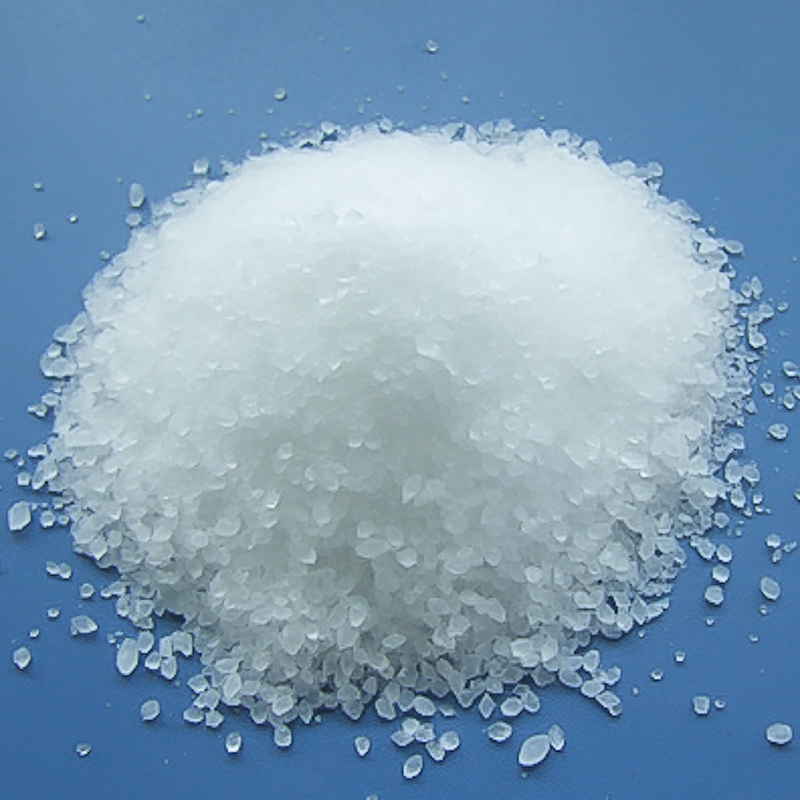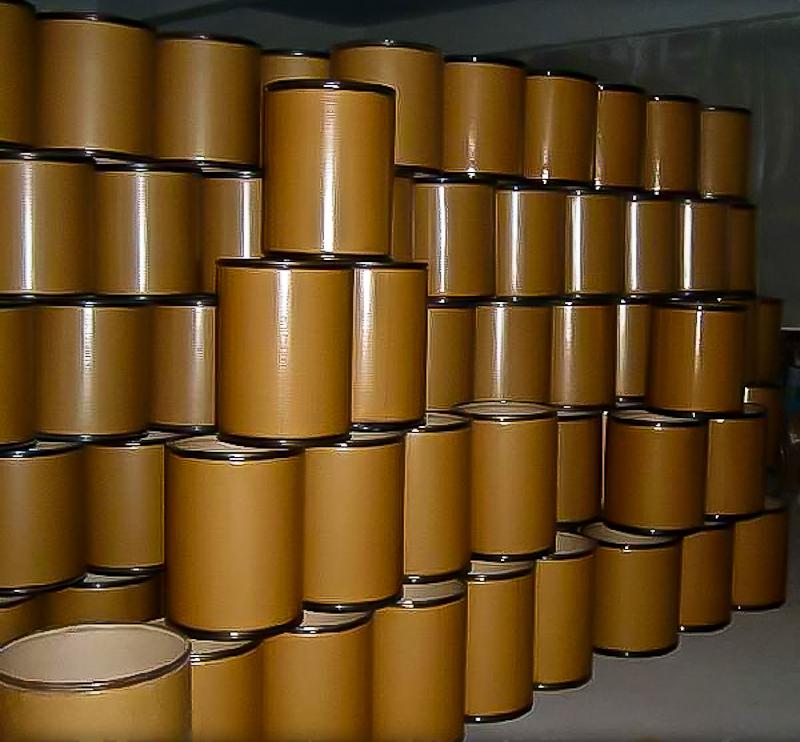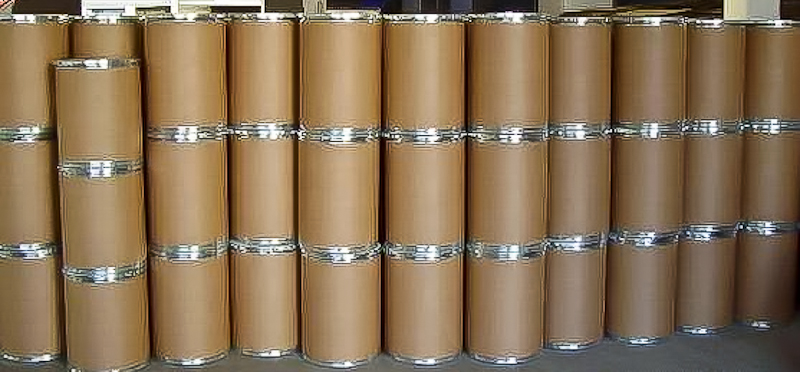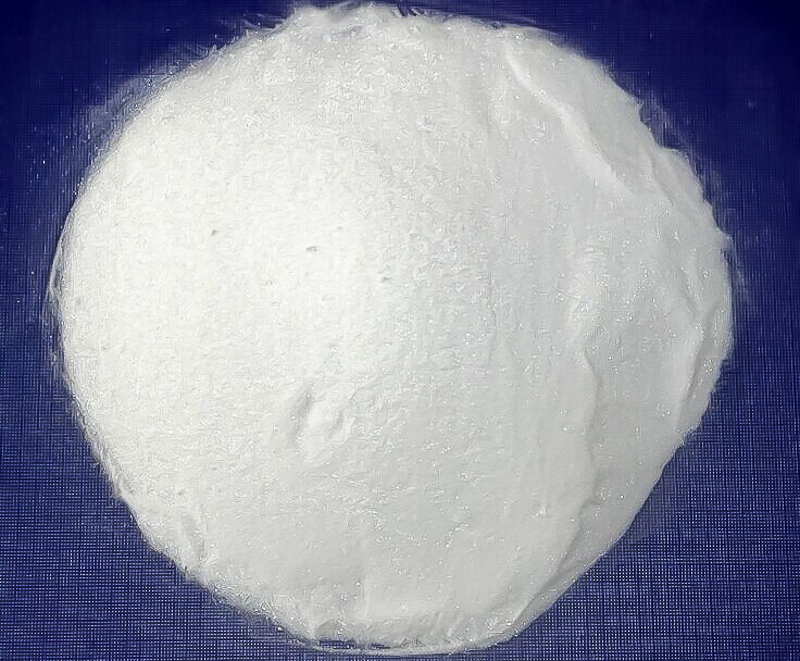Citric acid |77-92-9|


Citric acid Anhydrous Citric acid monohydrate
30-100Mesh/10-40Mesh 8-40Mesh
CAS No :77-92-9
Introduction:Citric acid is a weak organic acid with the formulaC6H8O7. It is a natural preservative/conservative which occurs naturally in citrus fruits and is also used to add an acidic or sour taste to foods and drinks. Citric acid is a commodity chemical, and more than a million tons are produced every year by fermentation. It is used mainly as an acidifier, as a flavoring, and as a chelating agent.
In 2007, world wide annual production stood at approximately 1,600,000 tons. More than 50% of this volume was produced in
Application Fields
The dominant use of citric acid is as a flavoring and preservative in food and beverages, especially soft drinks. Within the European Union it is denoted by E number E330. In
1. Foods Industry
Citric acid can be added to ice cream as an emulsifying agent to keep fats from separating, to caramel to prevent sucrose crystallization, or in recipes in place of fresh lemon juice. Citric acid is used with sodium bicarbonate in a wide range of effervescent formulae, both for ingestion (e.g., powders and tablets) and for personal care (e.g., bath salts, bath bombs, and cleaning of grease). Citric acid is also often used in cleaning products and sodas or fizzy drinks.
Citric acid sold in a dry powdered form is commonly sold in markets and groceries as "sour salt", due to its physical resemblance to table salt. It has use in culinary applications where an acid is needed for either its chemical properties or for its sour flavor, but a dry ingredient is needed and additional flavors are unwanted (e.g., instead of vinegar or lemon juice).
2. Cleaning and Chelating Agent
Citric acid is an excellent chelating agent, binding metals. It is used to remove limescale from boilers and evaporators. It can be used to soften water, which makes it useful in soaps and laundry detergents. By chelating the metals in hard water, it lets these cleaners produce foam and work better without need for water softening. Citric acid is the active ingredient in some bathroom and kitchen cleaning solutions. A solution with a 6% concentration of citric acid will remove hard water stains from glass without scrubbing. In industry, it is used to dissolve rust from steel. Citric acid can be used in shampoo to wash out wax and coloring from the hair.
Illustrative of its chelating abilities, citric acid was the first successful eluant used for total ion-exchange separation of the lanthanides, during the Manhattan Project in the 1940s. In the 1950s, it was replaced by the far more efficient EDTA. It can be used to substantially slow setting of Portland cement.
3. Cosmetics and Pharmaceuticals
Citric acid is widely used as a pH adjusting agent in creams and gels of all kinds. In this role, it is classified in most jurisdictions as a processing aid and so does not need to be listed on ingredient lists.
Citric acid is an alpha hydroxy acid and used as an active ingredient in chemical peels.
Citric acid is commonly used as a buffer to increase the solubility of brown heroin. Single-use citric acid sachets have been used as an inducement to get heroin users to exchange their dirty needles for clean needles in an attempt to decrease the spread of AIDS and hepatitis. Citric acid is used as one of the active ingredients in the production of antiviral tissues.
4. Dyeing
Citric acid can be used in food coloring to balance the pH level of a normally basic dye. It is used as an odorless alternative to white vinegar for home dyeing with acid dyes.
5. Industrial and Construction
Citric acid can be used as a successful alternative to nitric acid in passivation of stainless steel.
Production Capacity: 12,000mts/Month
Brief Introduction to our mill: We are a global health industry manufacturers and suppliers of raw materials. Company specializes in functional food, nutritional supplements, health products, cosmetics, pharmaceutical and feed industries to provide quality, stability and security of active substances. Take the spirit of "honesty, innovation first, practical-based" as business philosophy, we build an effective and practical management team in the development of the company and lay a solid foundation to become the industry leader. The production capacity of Citric acid is 12,000mts/year and 80% of them are for exporting.
Specification:
|
ITEM
|
STANDARD
|
TESTING RESULTS
|
|
CHARACTERISTICS
|
WHITE CRYSTAL POEDER
|
WHITE CRYSTAL POEDER
|
|
CLARITY AND COLOR
|
COMPLIES WITH THE LIMIT TEST
|
COMPLIES WITH THE LIMIT TEST
|
|
IDENTIFICATION
|
COMPLIES WITH THE LIMIT TEST
|
COMPLIES WITH THE LIMIT TEST
|
|
CONTENT
|
99.5-101.0%
|
99.93%
|
|
READILYCARBONSABL ESUBSTANCES
|
NOT DEEPER THAN STANDARD
|
NOT DEEPER THAN STANDARD
|
|
SULPHATES
|
150PPM
|
﹤150PPM
|
|
SULPHATEDASHMAX
|
0.1%
|
0.02%
|
|
MOESTURE
|
1.0%
|
0.2%
|
|
OXALATE ACID
MAX
|
350PPM
|
﹤350PPM
|
|
HEAVY METALS
MAX
|
10PPM
|
﹤10PPM
|
|
ALUMINIUM
|
0.2PPM
|
﹤0.2PPM
|
|
BACTERAL
ENDOTOXINSMAX
|
0.5IU/MG
|
﹤0.5IU/MG
|
It's a Non-Dangerous Goods.
in 25 Kgs Kraft bag without pallets, 25mts in 1x

Inquire:If you are interested in the above product, pls don't mind to send your kind inquire to shali@shalichem.com
We will reply you ASAP!








